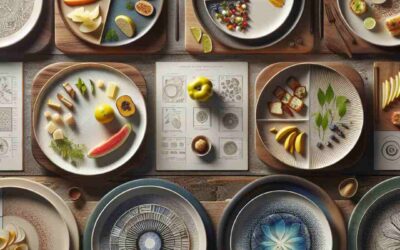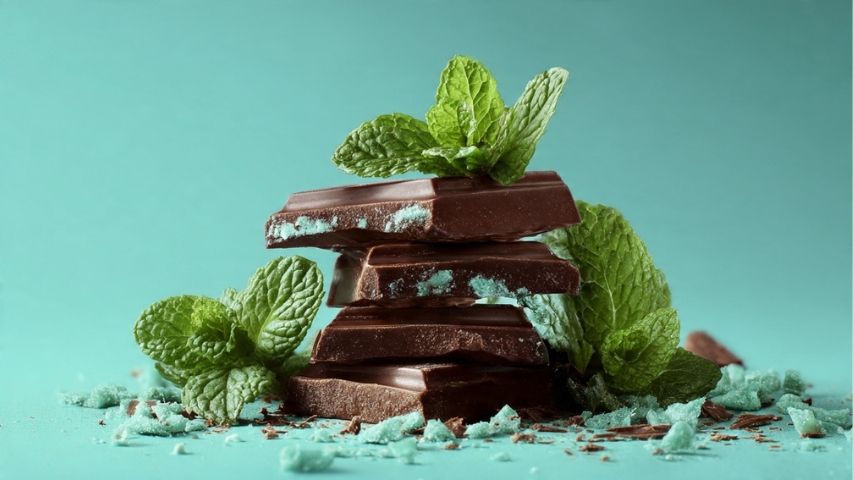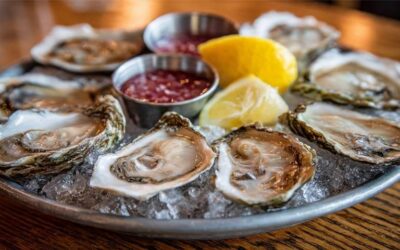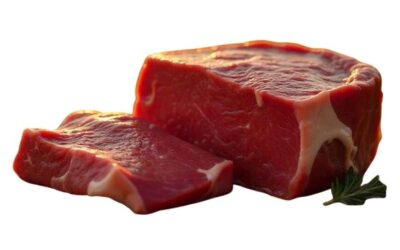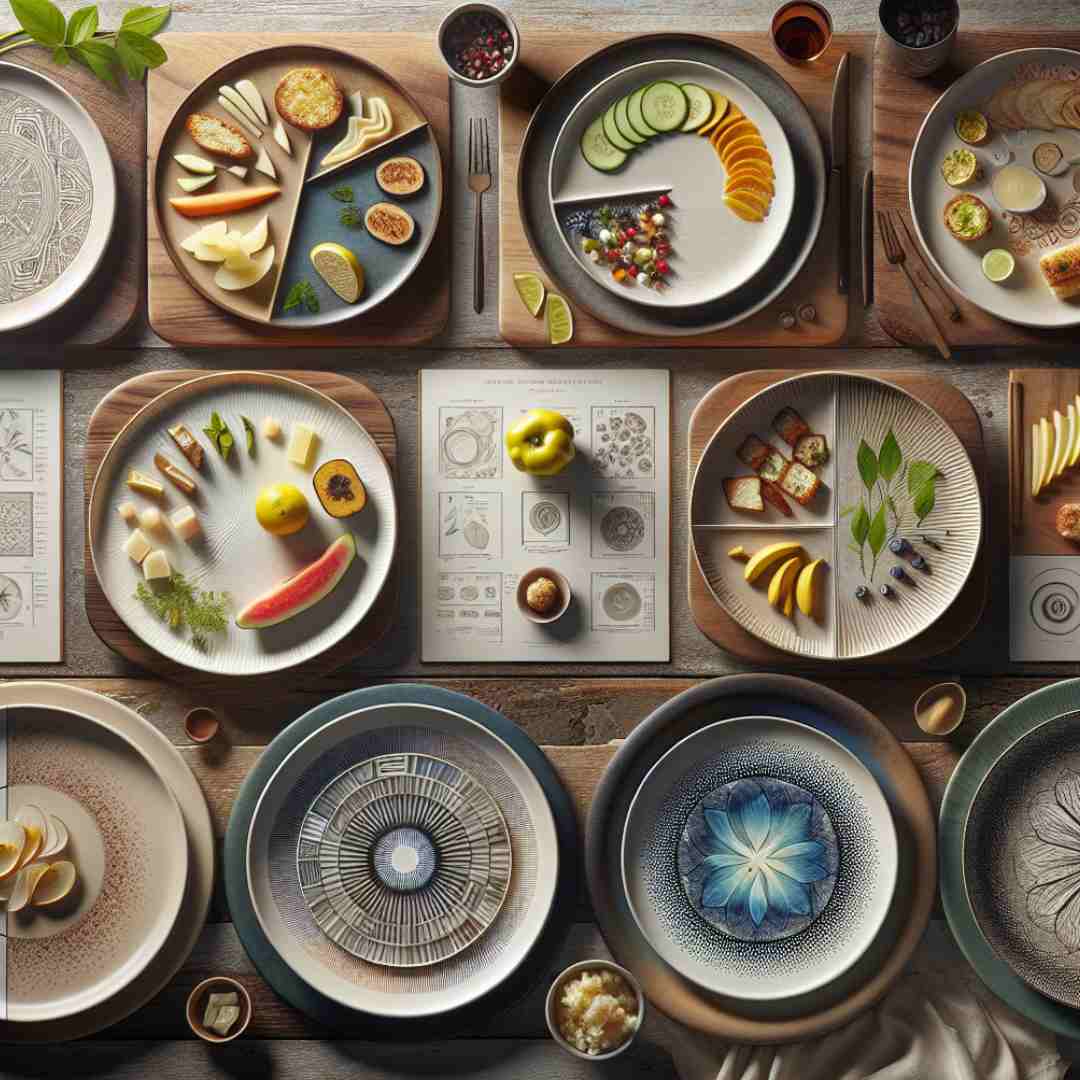Every dish element is carefully curated in the culinary world to delight our senses. Everything plays a role in creating a memorable meal, from the ingredients in each recipe to the presentation style of the final creation. But have you ever stopped to consider the unsung hero of dining—the plate itself? Specifically, the top of the plate where food finds its stage. This often-overlooked surface is crucial for gourmet cooks and home chefs alike.
We will explore the fascinating world of plate design, its impact on dining experiences, and how understanding it can improve your culinary presentations. We will discuss various aspects, including design trends, practical uses, and how to make your meals visually appealing. By the end of this article, you’ll have a new appreciation for the role plates play in gourmet cooking and home dining.
The Role of Plates in Culinary Experiences
Plates are more than just vessels for food; they are integral to the dining experience. Their design, shape, and size significantly impact how a dish is perceived and enjoyed. Understanding these elements can help chefs present their creations in the most appealing way possible. For food enthusiasts and chefs, knowing how to use plates effectively is an art form that can enhance the dining experience.
The first impression is often the most lasting, and in food, it begins with sight. A well-chosen plate can transform a simple dish into a masterpiece, highlighting the colors and textures of the food. This visual appeal enhances the aesthetic value and prepares the diner for the flavors they are about to savor.
In professional kitchens, chefs meticulously select plates that complement their dishes. This practice ensures that every element of the dining experience is in harmony, from the visual presentation to the taste and aroma of the food. For home chefs, this knowledge can elevate everyday meals and impress guests with elegant presentations.
Understanding Plate Anatomy

To appreciate the significance of the plate’s design, it’s essential to understand its anatomy. The top of the plate, known as the “well,” is where the magic happens. This area holds the food and is a canvas for chefs to display their culinary art. The well’s depth and size can influence how a dish is plated and perceived by diners.
Plates come in various shapes and sizes, each with its unique characteristics. The rim or border of the plate frames the well and can add a decorative element to the presentation. Some plates feature a wide rim, which provides extra space for garnishes or sauces, while others have a narrow rim, drawing focus to the well and its contents.
When selecting a plate, consider how the well and rim interact with the dish served. A deep well may be ideal for saucy dishes, while a flat, comprehensive well is perfect for neatly arranged components. Understanding these details lets chefs choose plates that best showcase their culinary creations.
The Importance of Color and Material
The color and material of a plate can significantly affect the perception of the food it holds. White plates are considered neutral, allowing the dish’s colors to stand out. This choice is popular in fine dining establishments, where the focus is on the food’s appearance and presentation.
However, colored plates can enhance the dining experience by complementing the dish’s hues. For example, a vibrant blue plate highlights the freshness of seafood, while earthy tones strengthen the appeal of hearty, rustic dishes. When choosing colored plates, consider how they will interact with the food’s colors and textures.
The material of the plate also plays a crucial role. Porcelain and ceramic plates are favored for their durability and elegance, while glass and metal plates offer a modern, sleek look. Wooden and stoneware plates provide a rustic charm for casual or themed dining experiences. Each material has unique qualities, impacting the overall presentation and feel of the dish.
Design Trends in Modern Tableware

Tableware design has evolved to reflect changing culinary trends and dining preferences in recent years. Minimalist designs with clean lines and simple forms are popular, allowing the food to take center stage. This trend focuses on functionality, with plates designed to enhance the visual appeal and practicality of serving.
Conversely, some chefs and home cooks prefer eclectic or vintage-inspired tableware that adds character to the dining experience. These designs often feature intricate patterns or bold colors, making them a statement piece on the table. Choosing the right style depends on the dining occasion and the message the chef wishes to convey.
Sustainable tableware is also gaining traction, making eco-friendly materials and designs increasingly common. Plates made from recycled or biodegradable materials appeal to environmentally conscious diners, offering a guilt-free dining experience without compromising aesthetics.
The Art of Plating
Plating is an art form that transforms a dish into a visual masterpiece. It involves carefully arranging food on the plate, considering balance, color, and texture. Mastering this art requires creativity and attention to detail, allowing chefs to express their culinary vision.
One critical principle of plating is balance. This involves arranging food components in a way that is visually appealing and harmonious. Consider the proportion of each element on the plate and how they interact. Strive for symmetry or asymmetry, depending on the desired effect.
Color and texture are equally crucial in plating. Incorporate various colors to create contrast and interest while complementing the elements. Texture adds depth to the presentation, inviting diners to explore the dish with their senses. Combining crisp, smooth, soft textures can elevate the dining experience.
Practical Tips for Home Chefs

For home chefs, applying professional plating techniques can elevate everyday meals. Start by selecting the right plate for each dish, considering color, material, and shape. Use the well effectively, arranging food with purpose and creativity.
Experiment with garnishes and sauces to enhance the visual appeal. Fresh herbs, edible flowers, and drizzled sauces can add color and flair to the presentation. Remember to keep it simple, as too many elements can overwhelm the dish and detract from the flavors.
Finally, practice makes perfect. The more you experiment with plating, the more confident and creative you’ll become. Over time, you’ll develop your unique style, impressing family and friends with beautifully presented meals.
Frequently Asked Questions
1. What are some beginner-friendly tips for improving plating skills?
Start with simple designs and focus on one or two critical elements of the dish. Use garnishes sparingly to add contrast and interest. Always taste your food before serving; plating enhances the look and dining experience. Practice arranging food in different styles on your plate to see which looks the best.
2. How can I choose the right plate for a dish?

Consider the plate’s color, size, and shape of the food. Neutral colors like white allow the dish’s colors to pop, while the size and shape should complement the components without overcrowding. Understanding the characteristics of your dish—whether it’s saucy, colorful, or has multiple textures—can guide your choice.
3. What are the popular trends in tableware design currently?
Minimalist and sustainable designs are trending, focusing on functionality and eco-friendliness. Simple lines and neutral tones make food stand out, while recycled or biodegradable materials appeal to environmentally conscious diners.
4. How can I experiment with textures when plating a dish?
Use various cooking techniques to create different textures—grilling, roasting, and sautéing can all produce unique tastes. Incorporate crispy, creamy, and smooth elements for depth. Additionally, contrasting colorful sauces and garnishes can enhance the texture visually and taste.
5. How do I ensure my plating isn’t manageable for the dish’s flavors?
Keep your design simple and focus on highlighting the primary ingredients. Use garnishes and sauces to accentuate rather than mask. Let the natural colors and textures of the ingredients be the focal point. Remember, plating is an art form that should complement and enhance the culinary experience.
Conclusion
The top of the plate may seem simple, but its impact on dining experiences is profound. From its design and material to the art of plating, every aspect influences how food is perceived and enjoyed. For food enthusiasts, gourmet cooks, and home chefs, understanding the nuances of plate design can enhance culinary creativity and presentation skills.
Whether hosting a dinner party or preparing a quiet meal at home, consider the plate a canvas for your culinary art. By exploring design trends, experimenting with plating techniques, and choosing the right tableware, you can elevate your dining experiences and savor each dish to the fullest.
For those looking to learn more about plating and tableware design, plenty of resources and workshops are available to further your skills and knowledge. The world of culinary presentation is vast and filled with opportunities for exploration and creativity. Happy dining!










